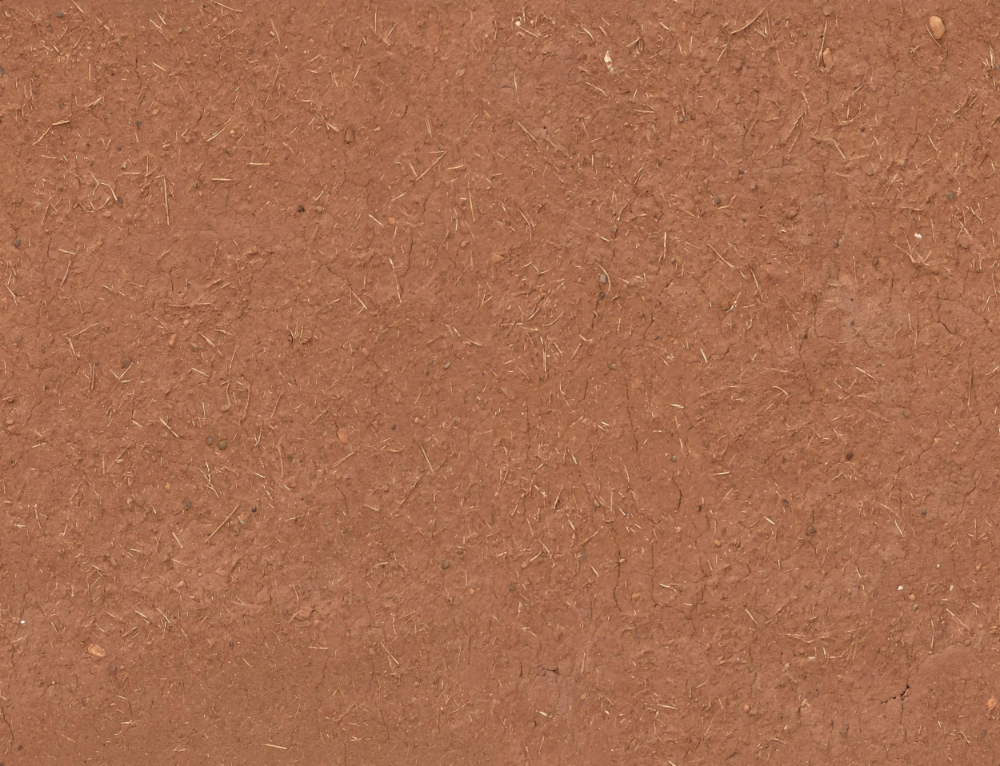Adobe
Category
Finishes
Download
Edit
Adobe is the term given to mud bricks, one of the oldest building materials in the world, with its use dating back millennia to the first formal settlements in Africa, South America and the Middle East. Many structures from the ancient world are still standing and in use, testament to the structural qualities, robustness and durability of the material. Still common in these countries, its popularity has grown again in recent times due to their cost effective, highly sustainable manufacture and construction, abundant availability and low-skill required to make and install walls of this structure. Bricks are formed into the required dimensions in open top timber moulds using earth (clay, silt and sand), water and a binding and reinforcement material such as straw or manure, limited only by a maximum practical weight – too heavy means they will not be moveable by hand. The binding agent also helps evenly dry the bricks while they are sun dried before they are assembled in place, bound together with more adobe mix. Traditional adobe structures’ construction techniques would be classed as cob or rammed earth in modern terms. Adobe is one of the few building materials that requires no machinery to craft from raw material to finished building, in the same manner as it was originally made and assembled. Unlike clay fired bricks which tend to be set by standard sizes to enable mass production in factories and consistency across built projects, each region and era tends to have a preferred dimension from which they work with adobe, with the size and weight being adapted easily to suit particular projects’ dimensions, angles and forms.
Alongside their extreme longevity and durable performances, they are also thermally massive, meaning they can help regulate temperatures internally in hot climates, collecting heat during the day via radiation from the sun and convection from air while keeping the spaces cool, then releasing the heat slowly as the air temperature cools at night as the heat passes from external to internal surfaces through the extremely deep walls, maintaining consistent, more comfortable environments in extremely hot locations. Adobe walls are loadbearing, able to support their own weight up to two stories, although require reinforcement from timber, masonry or concrete around openings and when holding roof beams. Adobe can also be used to form roofs, laid onto timber or straw substructures and bonded together with wet adobe. When water is spread across the roof, the clay expands to create a waterproof membrane. Adobe walls and roofs can be left exposed, but tend to fair better and last longer when coated in render or adobe skims, with reasonably consistent upkeep required to prevent cracking and maintain structural integrity. Additionally, adobe can be fireproof depending on composition and used for chimneys and flues.
This adobe texture has characteristic small cracks and visible straw, with a burnt orange-brown clay colour. The colour of adobe will depend on the geological composition of the local mud from which it is made.
A seamless finishes texture with an adobe surface. Seamless textures can be tiled repeatedly across a surface without visible seams making them useful for architectural drawings and 3D models. This image can be used as a SketchUp texture, Revit material or imported into Photoshop for use in 2D illustrations. A high resolution version of this texture is available, as well as CAD hatches and PBR maps with Architextures Pro.

